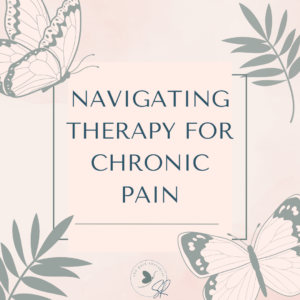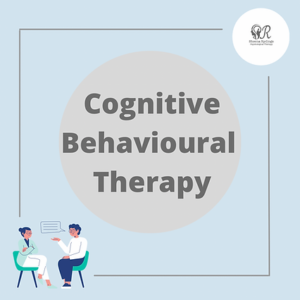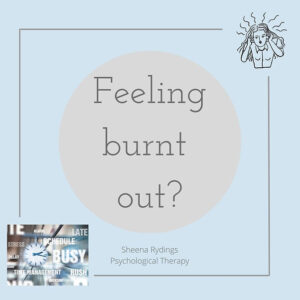Navigating Therapy for Chronic Pain: What to Expect
If you’re here, you might be considering therapy to help manage chronic pain. It’s a significant step, and it’s natural to have questions about what therapy involves and what to expect from your sessions. In this post, I’ll explore the basics of Cognitive Behavioural Therapy (CBT) and Eye Movement Desensitisation and Reprocessing (EMDR), which are the main Psychotherapy approaches I utilise in sessions, I will look at their effectiveness for chronic pain, and what your first therapy session will look like.

Cognitive Behavioural Therapy (CBT)
Cognitive Behavioral Therapy (CBT) is a type of psychotherapy that helps individuals understand the relationship between their thoughts, feelings, and behaviors. By identifying and challenging unhelpful thought patterns, CBT can help reduce the psychological impact of chronic pain and improve coping strategies.
Eye Movement Desensitisation and Reprocessing (EMDR)
EMDR is a psychotherapy approach initially developed to treat trauma. It involves using bilateral stimulation, such as eye movements, to help the brain process and integrate distressing memories. Recent research shows that EMDR can also be effective in managing chronic pain, as it helps in reprocessing the emotional responses linked to pain, reducing its intensity.
Acceptance and Commitment Therapy (ACT)
Acceptance and Commitment Therapy (ACT) is a form of psychotherapy that encourages individuals to accept their thoughts and feelings rather than fighting or feeling guilty for them. ACT helps you commit to actions that align with your values. For chronic pain, ACT can be particularly effective as it teaches you to live a meaningful life despite pain, reducing the struggle against pain and increasing psychological flexibility.
The Mind-Body Connection
Chronic pain is not just a physical experience; it significantly affects mental health too. Pain can lead to feelings of anxiety and depression, creating a vicious cycle where mental distress amplifies physical pain and vice versa. Therapy aims to break this cycle by addressing both the psychological and physical aspects of chronic pain, fostering a holistic approach to healing.

Your First Therapy Session: What to Expect
- Assessment and Overview
- The initial session is primarily an assessment. We’ll discuss your main problems, including when the pain started and how it has impacted your life.
- I’ll ask about your goals for therapy and what you hope to achieve.
- We will explore your mood and daily functioning, understanding how chronic pain affects your mental well-being.
- I may inquire about what led you to seek therapy and what specific areas you want to work on.
- Establishing Fit
- The assessment also helps us determine if I am the right therapist for you. It’s crucial that you feel comfortable and confident in my skills and approach to help you.
- Addressing Nervousness
- Feeling nervous about starting therapy is entirely normal. It’s a new experience, and it’s okay to feel unsure. Open-mindedness can help you get the most out of your sessions.
- Maximizing Your First Session
- Come prepared to share and be open about your experiences. Bringing any relevant medical history can be beneficial.
- Reflect on your therapy goals before the session. What do you hope to change or achieve?
- It’s okay to take notes during the session, and I will too. This helps in tracking progress and ensuring that we address all important points.
- Confidentiality
- I’ll explain the boundaries of confidentiality and the circumstances under which it might be broken, ensuring you understand how your information will be protected.
- Therapeutic Agreement and Logistics
- We’ll discuss practical details such as session frequency, duration, fees, and cancellation policies. Clear communication about these logistics ensures a smooth therapeutic process.
- Questions and Next Steps
- I will invite any questions you might have about the therapy process.
- We’ll outline the initial focus areas based on our discussion and schedule future appointments, setting a clear path forward.

Embarking on therapy for chronic pain is a brave and positive step. By addressing both the physical and psychological aspects of pain, you can improve your quality of life and mental well-being. Remember, it’s a journey, and taking that first step with an open heart and mind is the key to finding relief and healing.
If you have any questions or are ready to schedule your first session, please don’t hesitate to reach out. I’m here to support you every step of the way.



